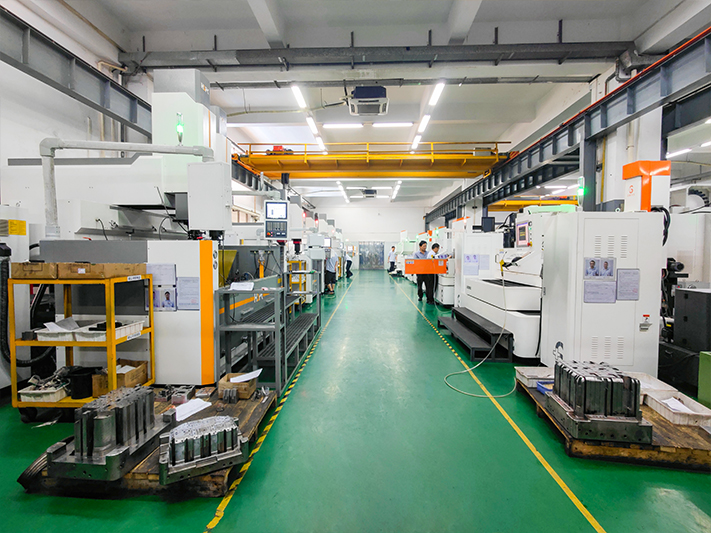What are the precautions for injection mold manufacturing?
Notes and requirements for injection mold manufacturing are as follows:
(1) Understand customer needs:
First of all, you need to fully understand the customer’s needs, including product specifications, quality requirements, production efficiency, etc. This is because molds are designed and manufactured to meet these needs.
(2) Design a reasonable mold structure:
After understanding the customer’s needs, you need to design a mold structure that meets those needs. This includes selecting the appropriate parting surface, gate location, cooling system, etc. At the same time, the reliability and durability of the mold should also be considered.
(3) Accurate dimensions and tolerances:
The dimensions and tolerances of the mold need to be very accurate to produce a high quality product. Therefore, in the design and manufacturing process, high-precision equipment and processes need to be used.
(4) Select the right material:
The material of the mold has an important impact on its service life and product quality. Therefore, it is necessary to choose materials with appropriate hardness, wear resistance and corrosion resistance.
(5) Optimize the mold cooling system:
The cooling system of the mold has a great impact on the production efficiency and product quality. Therefore, it is necessary to design the cooling channel reasonably and ensure that the coolant can flow evenly through all parts of the mold.
(6) Pay attention to mold maintenance and maintenance:
The maintenance and maintenance of the mold is crucial to its service life and production efficiency. Regular inspection of the status of the mold, timely replacement of worn parts, can extend the service life of the mold.
(7) Environmental protection and safety:
In the process of mold design and manufacturing, environmental protection and safety issues also need to be considered. For example, choose environmentally friendly materials, reduce waste generation, and ensure worker safety.
(8) Consider scalability and cost effectiveness:
Under the premise of meeting customer needs, mold design should consider scalability and cost effectiveness in order to upgrade products or meet larger production needs in the future.
(9) Mold testing and adjustment:
After the mold manufacturing is completed, it is necessary to test the mold to verify the performance and quality of the mold. Depending on the results of the mold test, some aspects of the mold design or manufacturing may need to be adjusted.
(10) Delivery time and quality assurance:
Finally, you need to ensure that the mold is delivered on time and that the quality of the mold meets the customer’s expectations. In order to achieve this goal, it may be necessary to adopt a project management approach in the manufacturing process, as well as to implement strict quality control.
I hope you found this helpful.
Post time: Nov-28-2023





